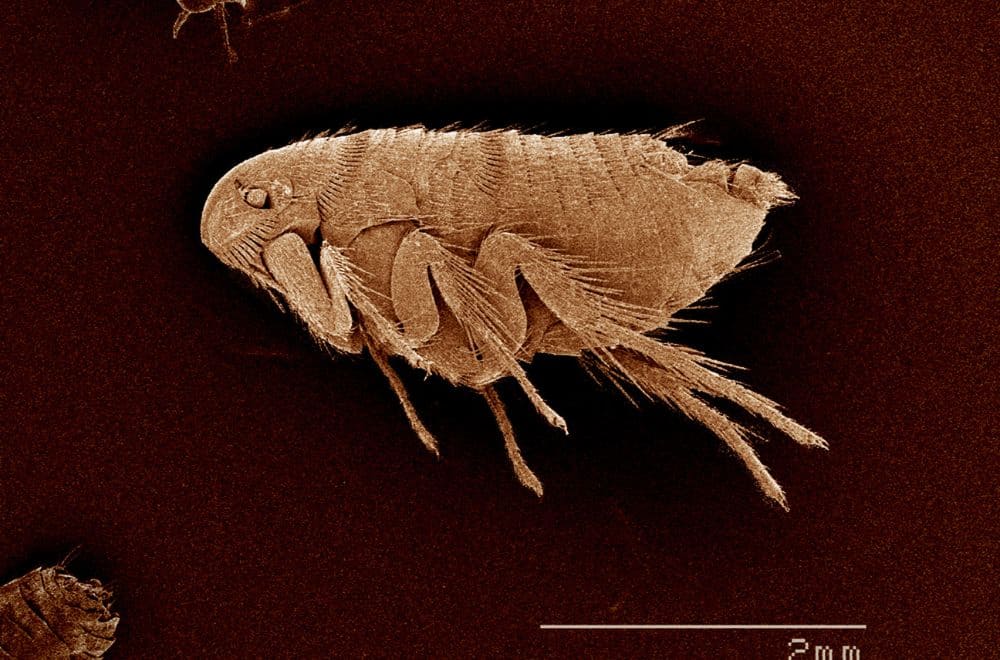It’s every pet owner’s nightmare. One day, you’re petting your beloved animal – or perhaps you’re grooming them with a comb – and suddenly you see a tiny insect emerge from their coat before watching it hop off to hide itself again among the fur. And now your pet has fleas.
Flea infestations can be incredibly difficult to defeat, and the best way to deal with them is to use a multi-pronged approach that includes washing, vacuuming, medication and more. And to help you understand how to go about it, in this post, we answer the question, do fleas drown?
Do Fleas Drown? The short answer
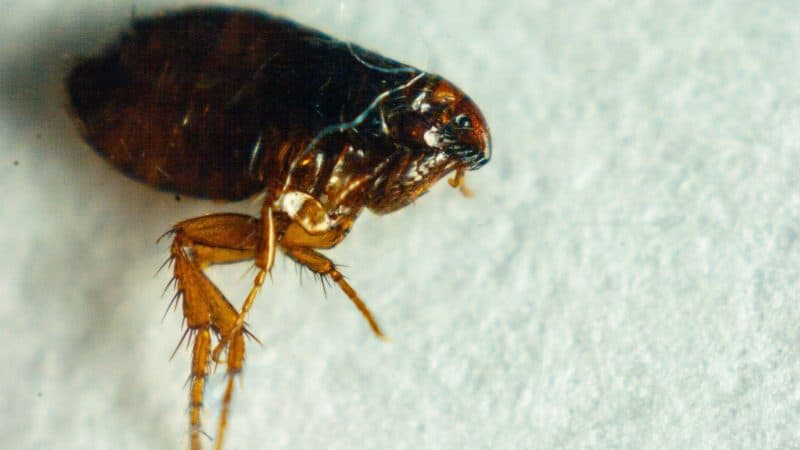
Image Credit: pestsamurai
Let’s start with a short – or at least shortish – answer.
Do fleas drown? Yes, they do. But unfortunately, they need to be submerged in water for at least 24 hours to be sure.
If they remain underwater for 24 hours, they will die, but if they make it back to the surface before the 24 hours is up, they can revive themselves, escape from the water and hop away.
Furthermore, fleas left floating on the top of the water won’t drown and can survive there for up to seven days.
Due to surface tension, fleas on the surface don’t sink, and although fleas can’t swim, they will flail around on the surface of the water trying to reach the side to escape.
Seven days is plenty of time for a flea to reach the edge of whatever water it finds itself floating on, so generally, fleas left on the surface of water won’t die.
So technically, fleas can drown. But it won’t happen quickly – which means dipping your dog or cat in the bathtub is not an effective way to rid them of fleas because the fleas can easily survive such an ordeal.
But why are fleas so hard to drown? Let’s look at this now.
Why don’t fleas drown?
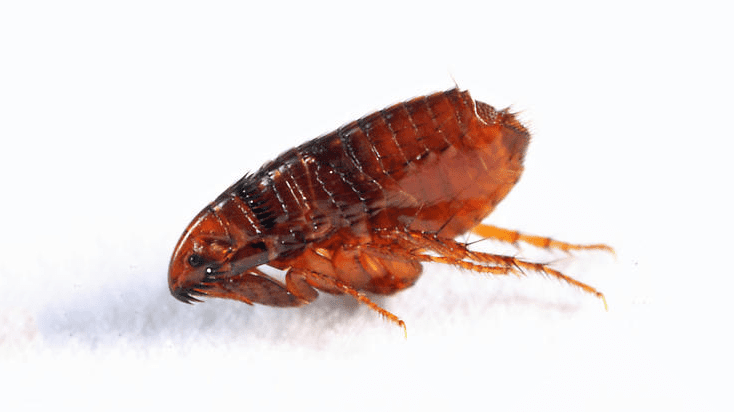
Image Credit: fleascience
When we think about drowning fleas, we might be picturing what happens to us when we’re forced underwater. If held underwater, most of us would die within a couple of minutes, and even the world’s best free divers could only survive a few minutes more than that.
But although fleas and other insects need to breathe oxygen to survive like us, they do it in a very different way.
Fleas don’t have lungs and they don’t breathe through their noses and mouths.
Instead, they breathe through small holes in their bodies known as spiracles, which take the air directly to their tracheas, delivering oxygen directly to their bodies.
Fleas’ bodies are also covered in wax-covered cuticles that repel water. Imagine “water off a duck’s back” – something similar happens when a flea gets wet, except in miniature.
This wax covering is probably there to help fleas slip between the hairs of their hosts, but it also effectively prevents them from getting wet – and since it’s thought the wax also goes into the openings of the spiracles, it prevents water from entering and drowning the flea.
But why don’t they suffocate?
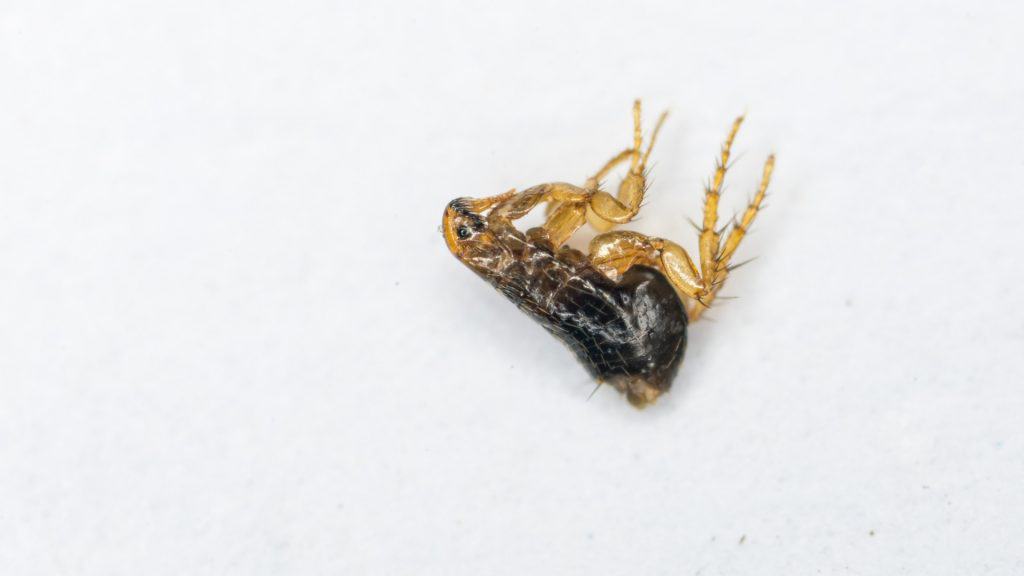
Image Credit: pestsamurai
“Drowning” is when water fills our lungs and prevents us from breathing, and “suffocating” is dying due to a lack of air.
We’ve established that fleas can’t “drown” because water can’t enter their spiracles, but why does it take them 24 hours to suffocate if they’re held underwater?
The simple answer to this is that they don’t need anything like as much oxygen as we do. If you hold a flea underwater for 24 hours, it won’t drown because water doesn’t enter the spiracles, but it also won’t suffocate because – essentially – that’s how long it can hold its breath.
But there are ways to drown or suffocate a flea, so let’s look at these now.
How to drown a flea
If you want to drown a flea (let’s just use the word “drown” from now on, just for the sake of being concise), there are a few things you can do to make it easier.
The first problem when trying to drown fleas is that fleas don’t sink but rather sit on the top of the water due to surface tension – but if you reduce the surface tension, the flea will sink and eventually die.
But how do you reduce the surface tension of water? It’s easy – all you need to do is add a few drops of dish soap and the surface tension will be reduced enough for fleas to sink instead of floating on the top. And if you have a flea to hand right now, you can try it!
Another reason soapy water is a useful weapon against fleas
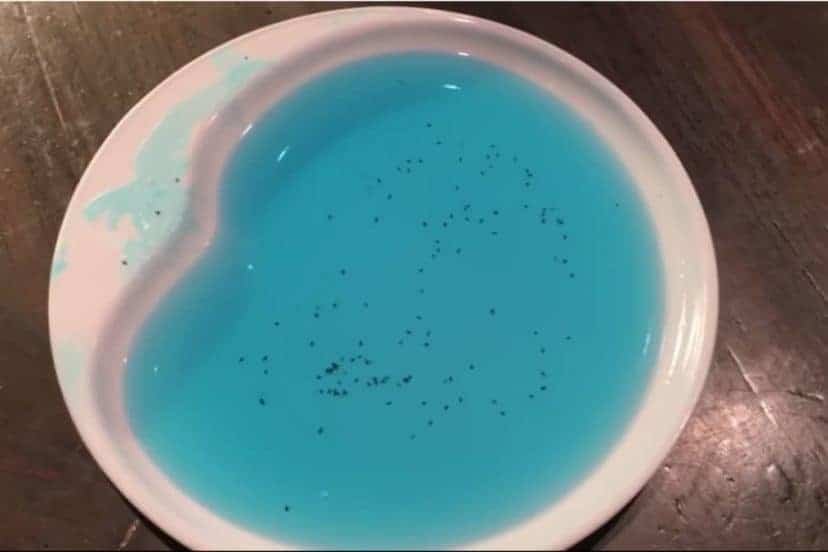
Image Credit: diypestcontrolguide
Dish soap is useful for another reason other than just reducing the surface tension of water though, and this is related to the waxy cuticles and the spiracles through which fleas breathe.
First, if a flea comes into contact with soapy water, the soap will dissolve the wax, and if there’s no wax around the spiracle, water will be able to get in. This will mean the flea can no longer breathe and will drown.
Second, it’s also possible that a soapy film will physically block the spiracle too, which will have the same effect – the flea won’t be able to breathe and will drown.
Furthermore, it’s also thought that soapy water can break down the flea’s impermeable cell membranes.
When this happens, the flea’s body will no longer be able to retain water, so after coming into contact with soapy water, even if it then escapes, it will lose water and will essentially die of dehydration.
Incidentally, most of this is true for other insects and bugs like mites too – which is why using a spray made of soapy water and a little olive oil is a highly effective way to rid yourself of plant-eating bugs and mites without resorting to chemical pesticides.
Why it’s better to use specialist anti-flea products
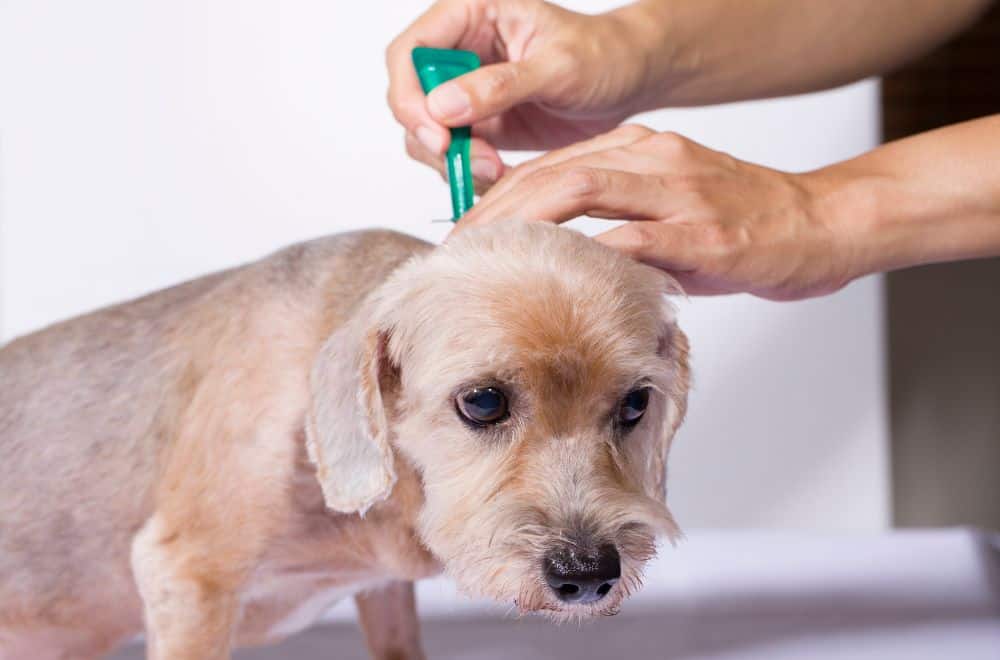
All this theory is great, and if you capture a flea and for masochistic reasons or some desire to take revenge on the species, you decide to drown it in a cup of water, you now know how.
But is any of this of practical use when dealing with a pet that’s infested with fleas?
For example, can you wash your precious doggie in water and dish soap and watch (or at least imagine since they’re pretty small) all those fleas dropping down dead?
No, unfortunately, this is not recommended.
This is because dish soap is not formulated for use on pets and is too harsh for them.
Although it will dissolve the wax that keeps a flea dry and prevents water from entering the spiracles, it will also dissolve the protective oils from your pet’s coat.
This will cause the animal’s skin to dry out and may also cause skin irritation and increased scratching.
So when it comes to washing your pets, you should always use specially formulated anti-flea treatments that are designed to kill fleas while leaving your pet’s coat and skin unharmed.
However, if you want to remove the fleas from your pet using a flea comb, you can drop the fleas you catch into a jar of soapy water and gleefully watch the little critters sink to the bottom and die.
If you want to know which products to use to wash your pet and rid it of fleas, the best thing to do is ask your vet for advice.
Do fleas drown in the washing machine or clothes drier?
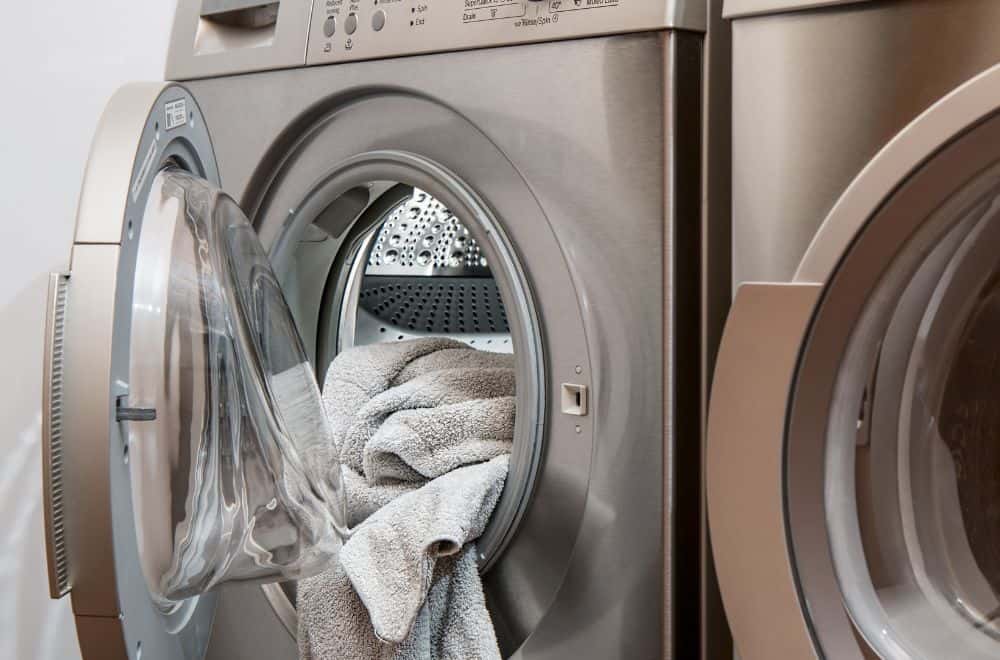
One effective way of killing any fleas that might have inadvertently jumped onto your clothing –along with any eggs, larvae pupae or adults hidden in pet or human bedding – is to put the clothes and bedding through the washing machine and drier.
But is this because it drowns the fleas?
Not really.
Although the detergent used in the washing machine will help melt the fleas’ waxy layer, this is not what fleas in washing machines and driers die from.
Rather, these unfortunate pests will die due to the temperatures, which are much higher than they can stand at any stage of their lifecycle.
This is why, along with assiduous vacuuming and the use of pet treatments like flea shampoo, regularly washing pet and human bedding is an essential part of trying to deal with a flea infestation in your home.
In any case, most people won’t care how the fleas die because the only thing that matters is that they do die – and that they don’t come back.
Fleas are hard to drown – but it can be done
Under normal circumstances, fleas are hard to drown, but by using soapy water and submerging them for at least 24 hours it can be done. Soapy water is also your friend in the battle against fleas for other reasons, and knowing how to use it can be a big help.
However, you shouldn’t use soapy water on your pets because the formulation is not designed for them. Instead, using pet shampoo, medication and flea collars – and washing and drying clothes and bedding at high temperatures – are all methods that will help vanquish the fleas.
